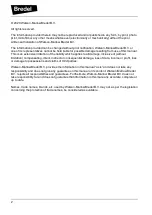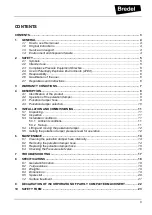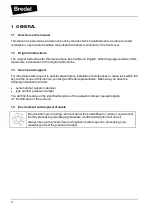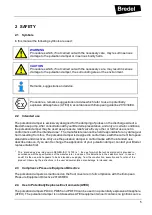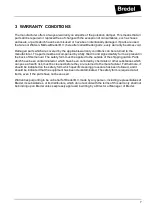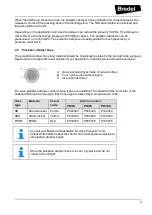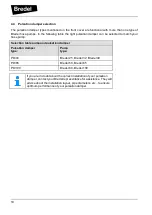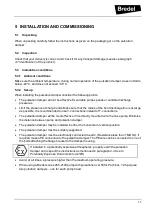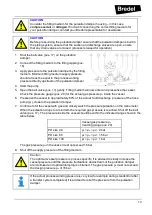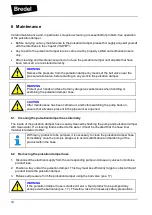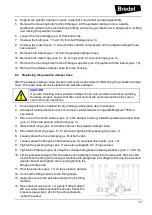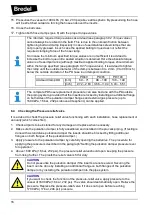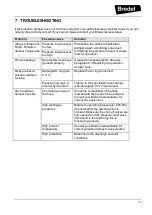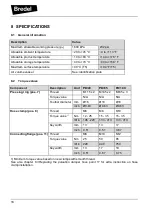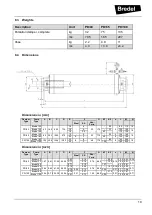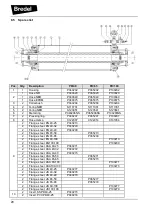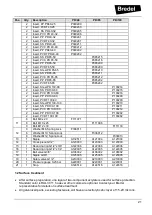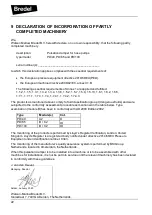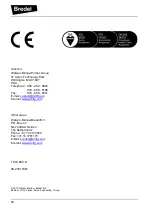
11
5 INSTALLATION AND COMMISSIONING
5.1
Unpacking
When unpacking carefully follow the instructions as given on the packaging or on the pulsation
damper.
5.2
Inspection
Check that your delivery is correct and check it for any transport damage (see also paragraph
4.1 Identification of the product
).
5.3
Installation conditions
5.3.1 Ambient conditions
Make sure the ambient temperature, during normal operation of the pulsation damper, does not fall to
below -20°C, and does not 45°C.
5.3.2 Set-up
When installing the pulsation damper consider the following points:
The pulsation damper will not be effective for variable pump speeds or variable di scharge
pressures.
Limit the presence of sharp bends. Make sure that the radius of the bent discharge line is as large
as possible. It is recommended to use Y-connections instead of T-connections.
The pulsation damper will be most effective if it is directly mounted onto the hose pump. Minimise
the distance between pump and pulsation damper.
The pulsation damper may be installed in either the horizontal or vertical position.
The pulsation damper must be suitably supported.
The pulsation damper must be electrically connected to earth. (Resistance less than 1 MOhm). If
required make a PE connection to the pulsation damper. The PE wire can be connected to one of
the bolts attaching the flange bracket to the damper housing.
If installed in a potentially explosive atmospheres, properly earth the pulsation
damper and respect the instructions as mentioned in paragraph
Potentially Explosive Environments (ATEX)
Avoid, at all times, a pressure higher than the maximum operating pressure.
When using a Bredel series 265-2100 pump with pulsations over 500 kPa (5 bar, 72.5 psi) use
two pulsation dampers - one for each pump head.


